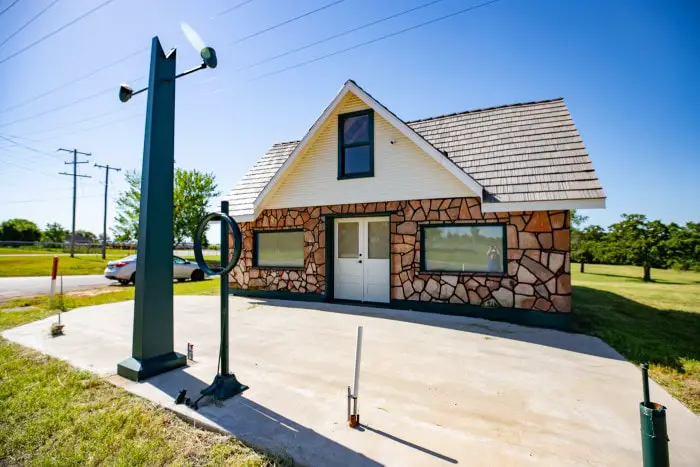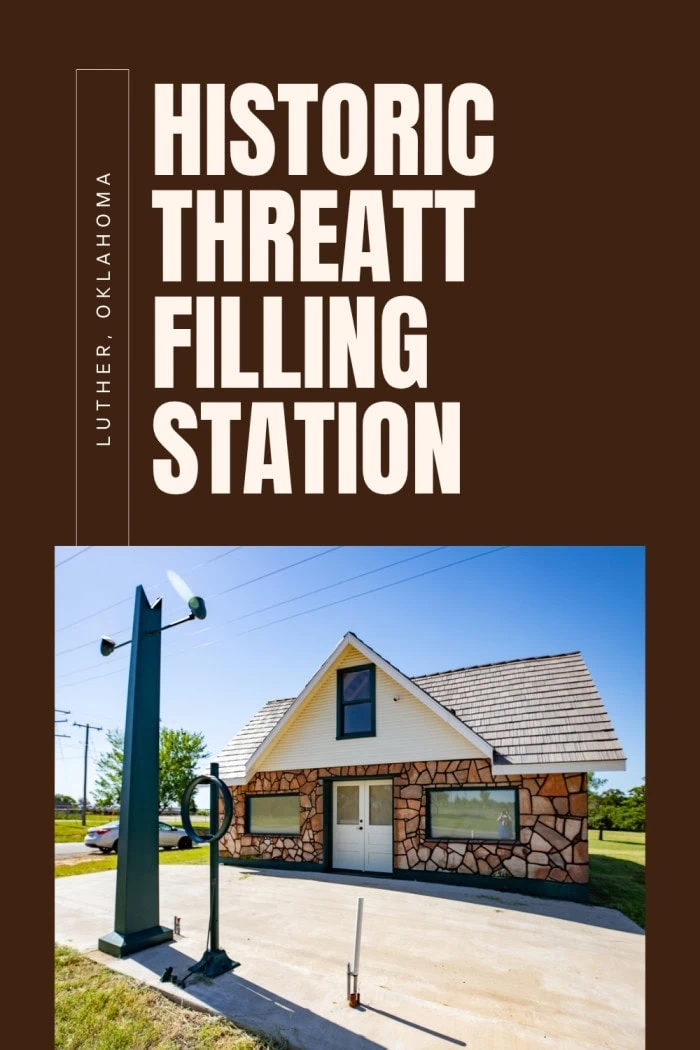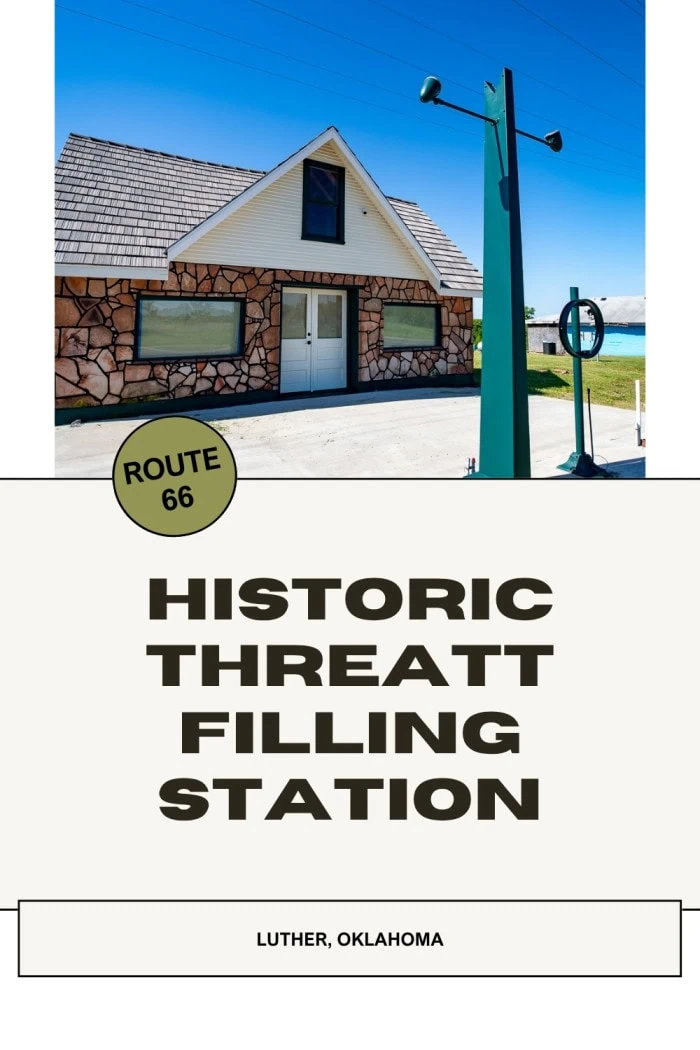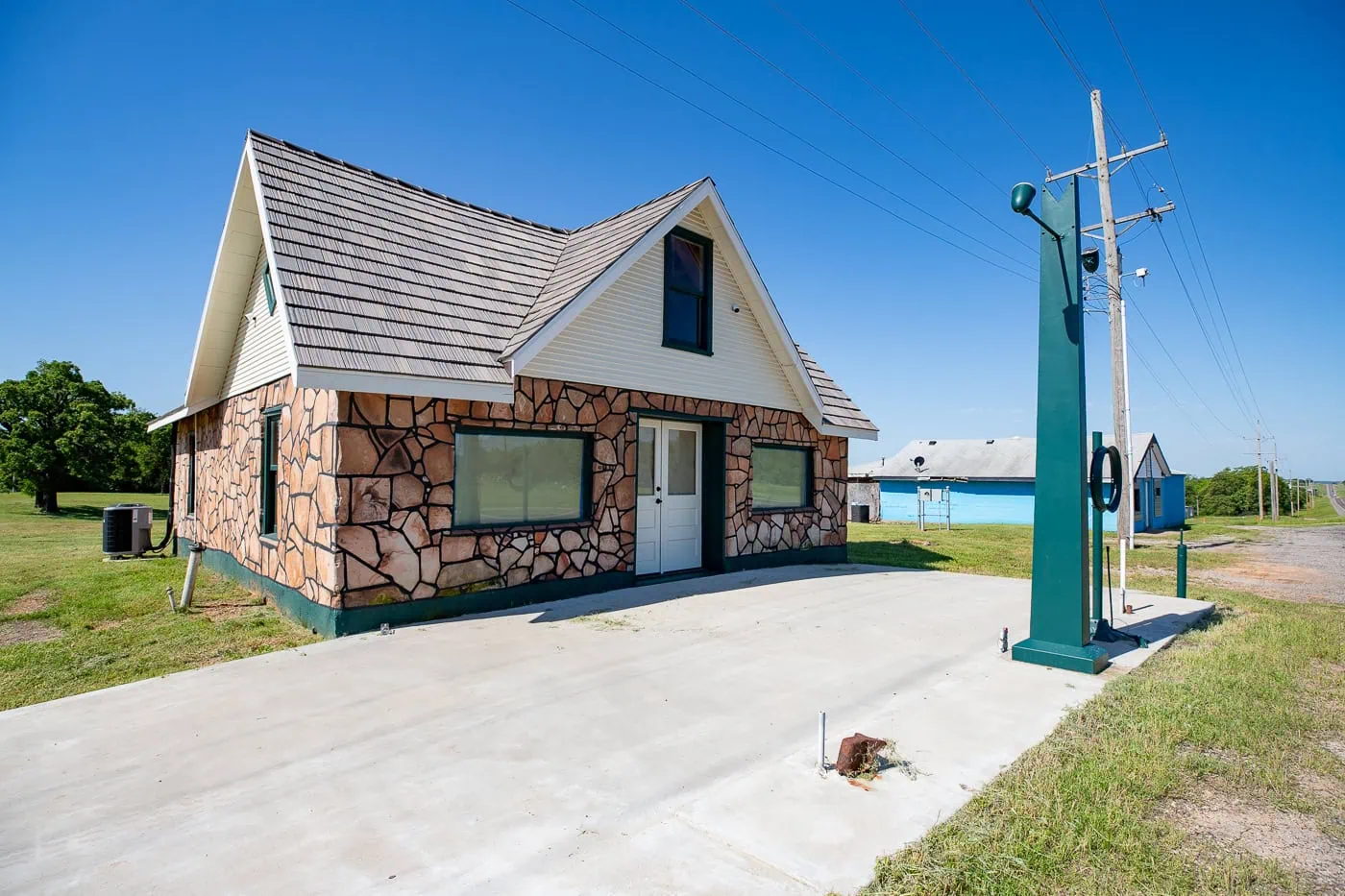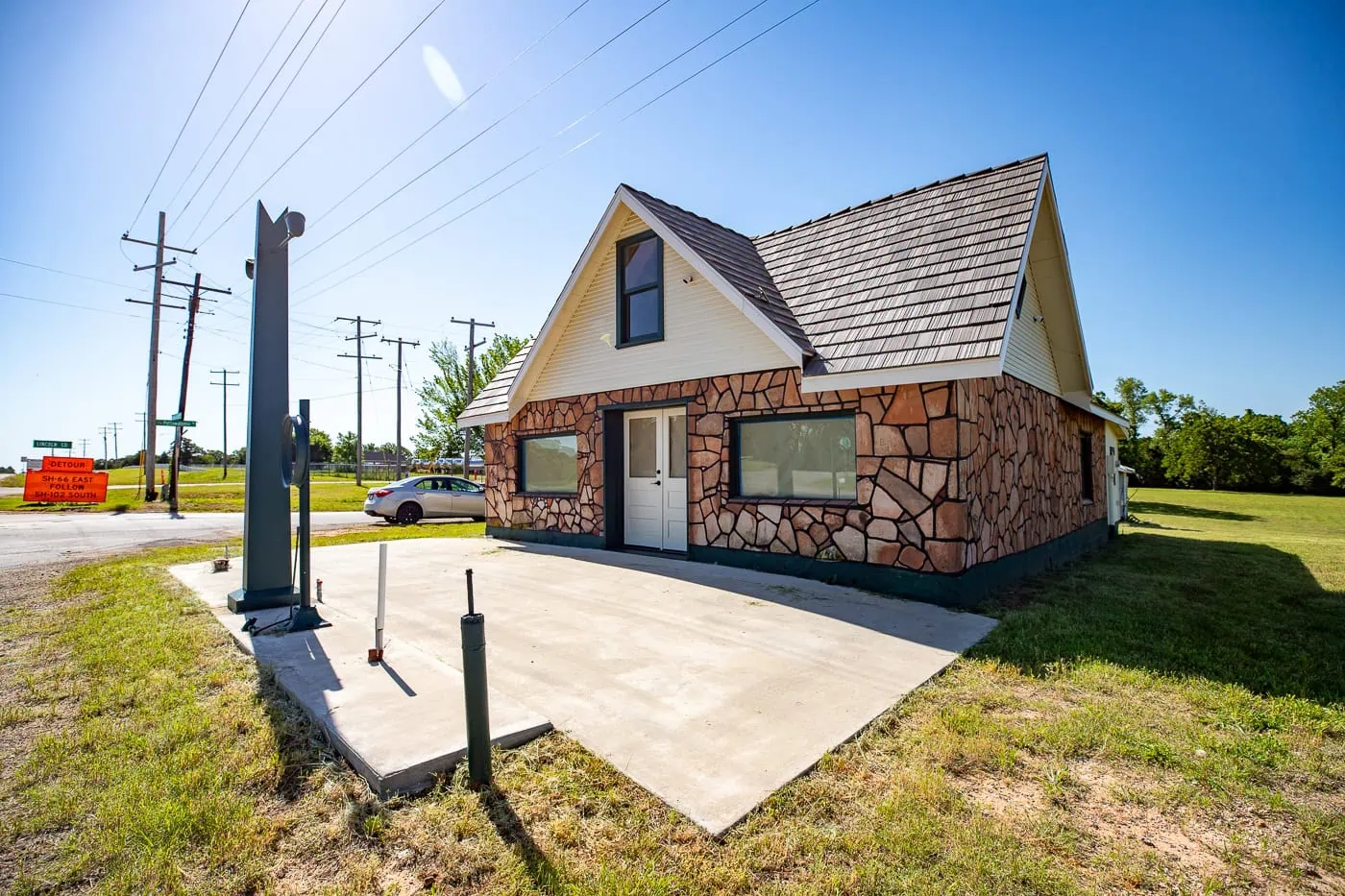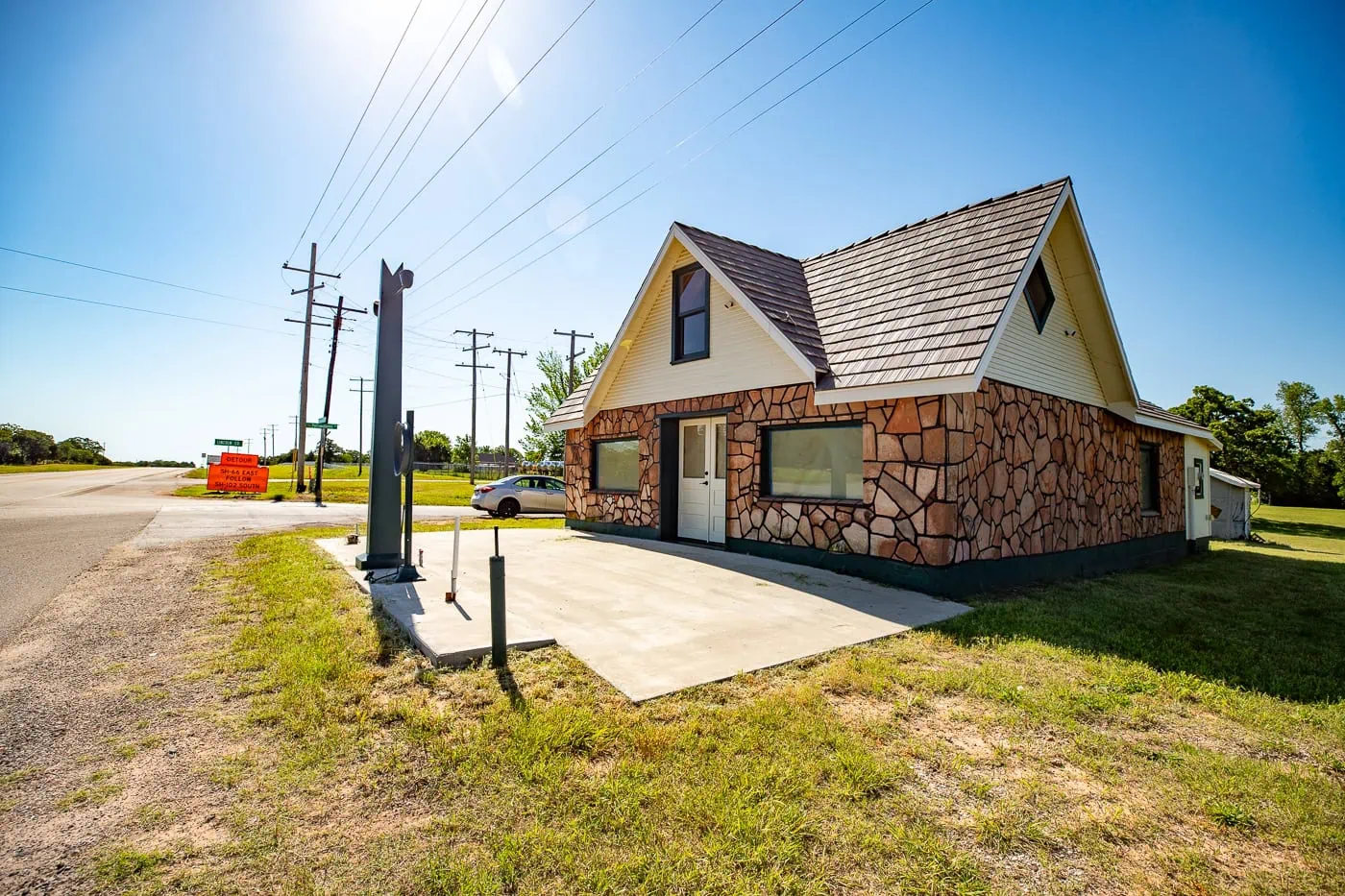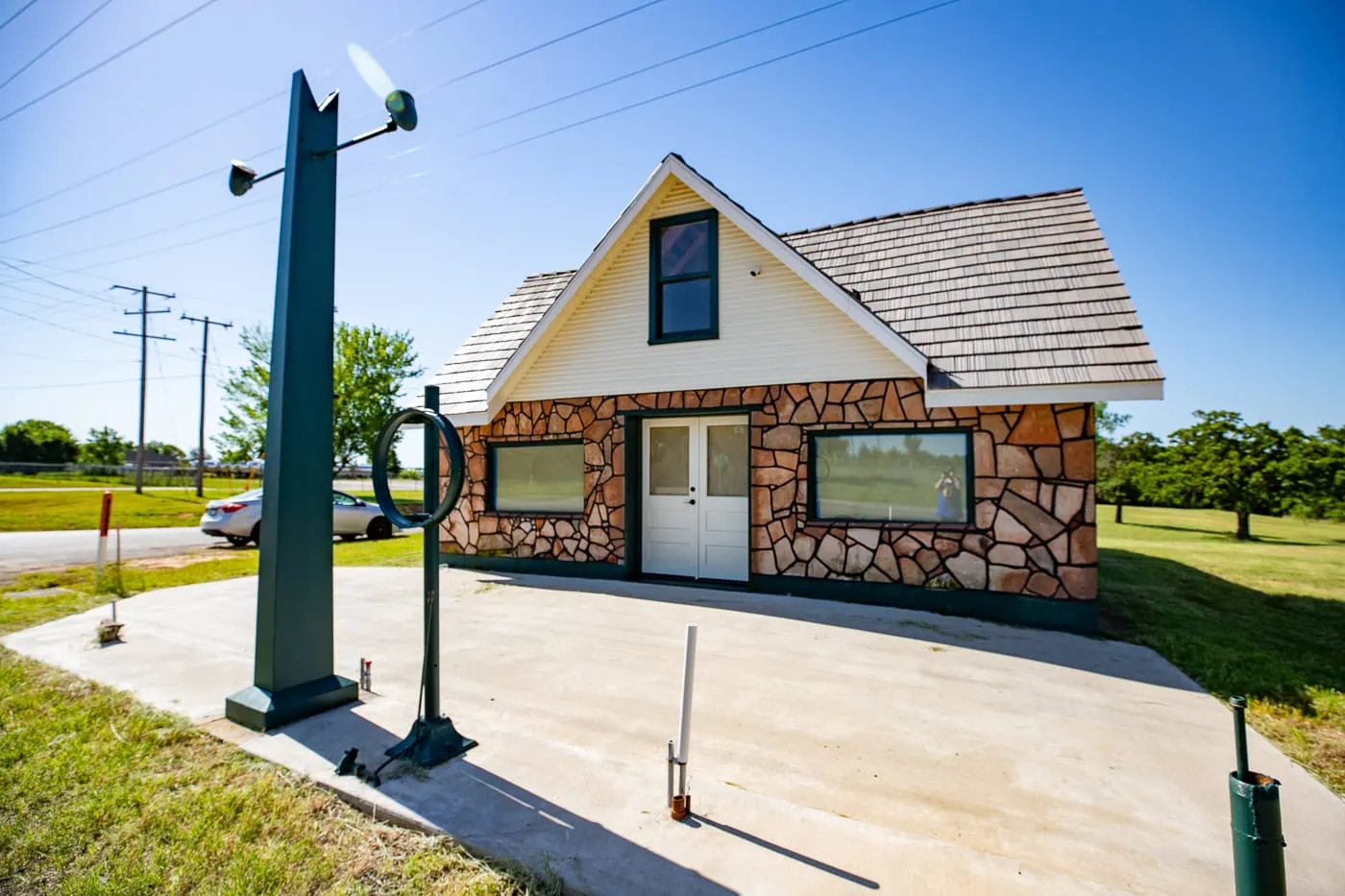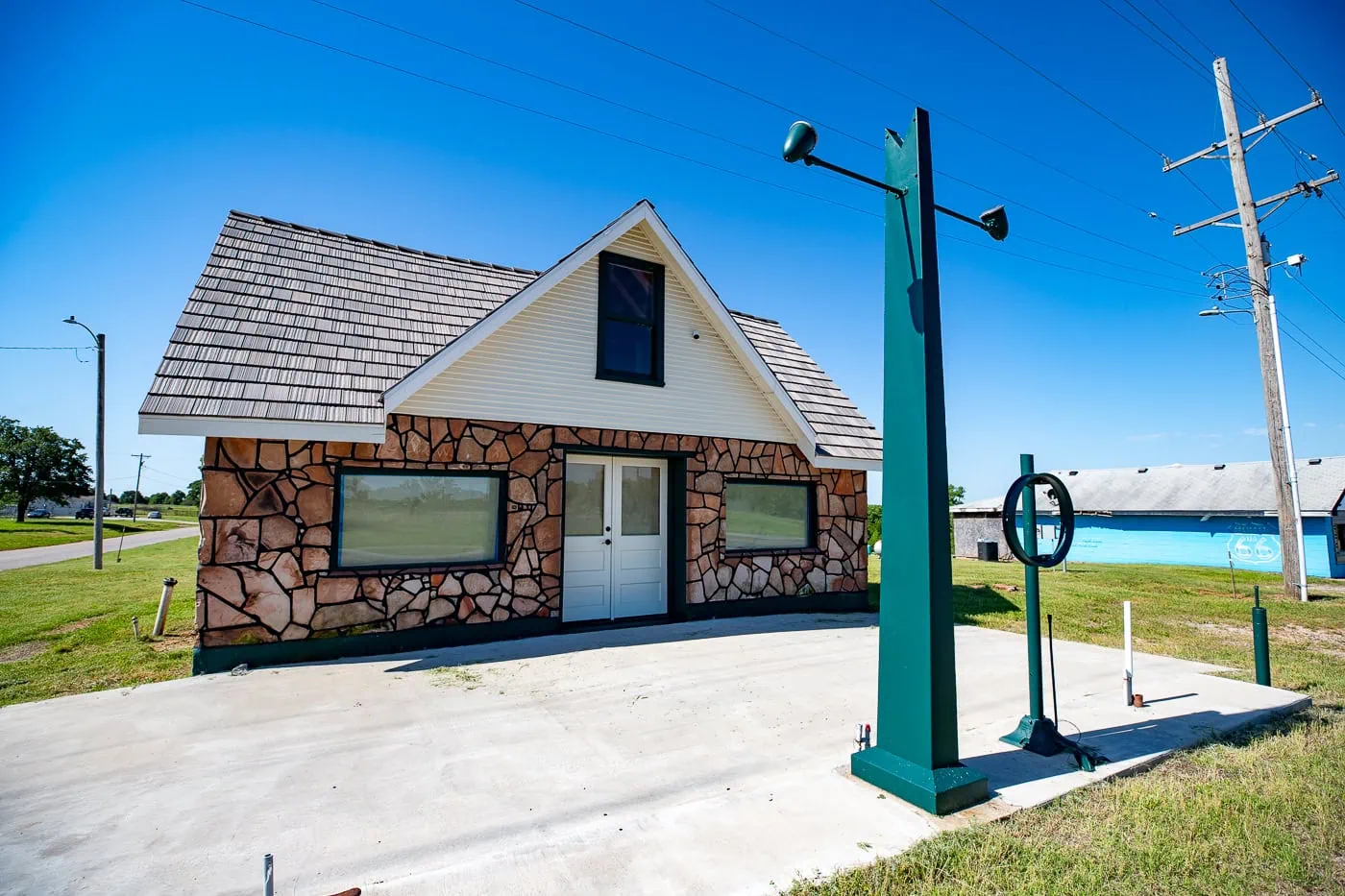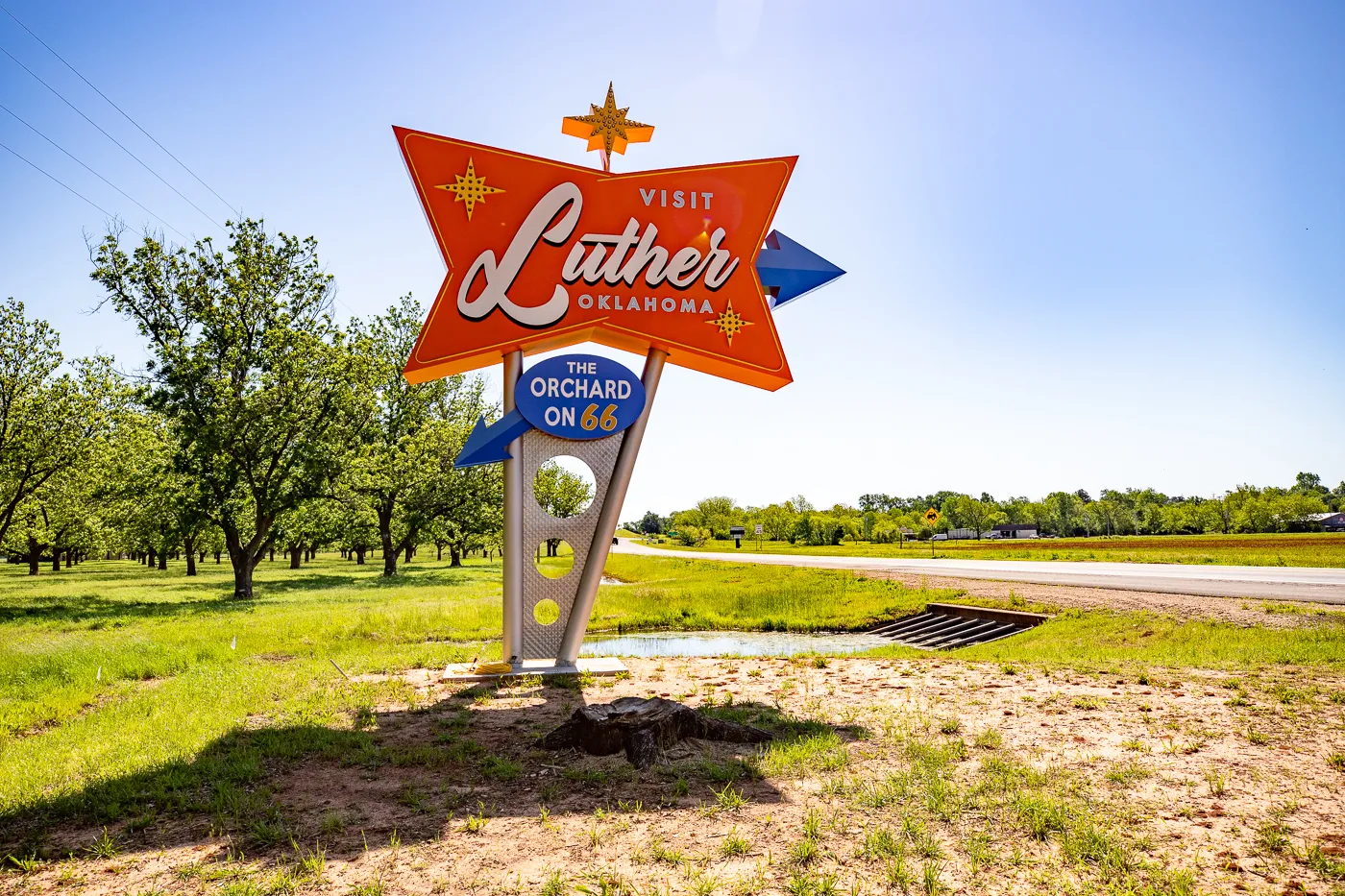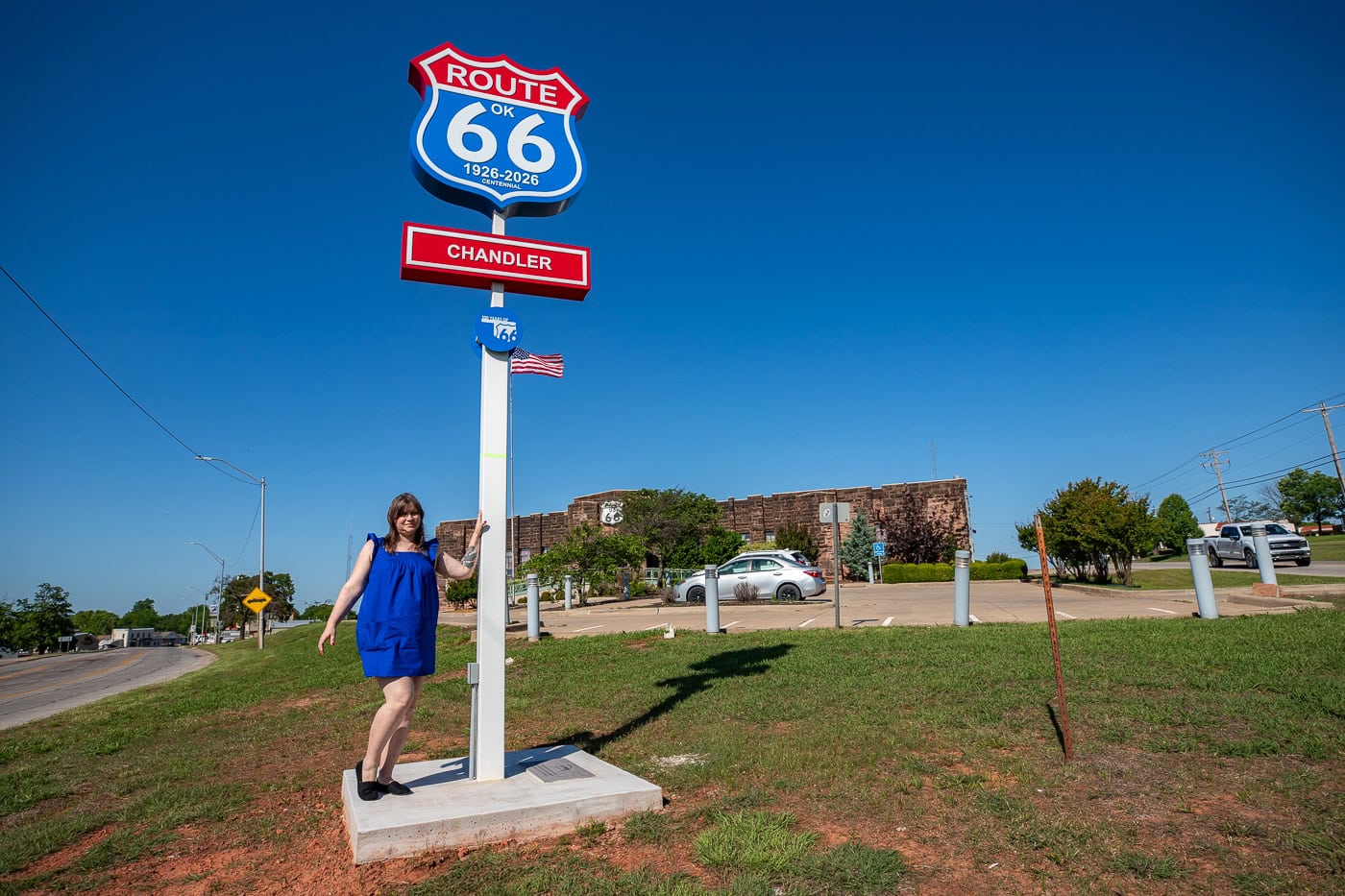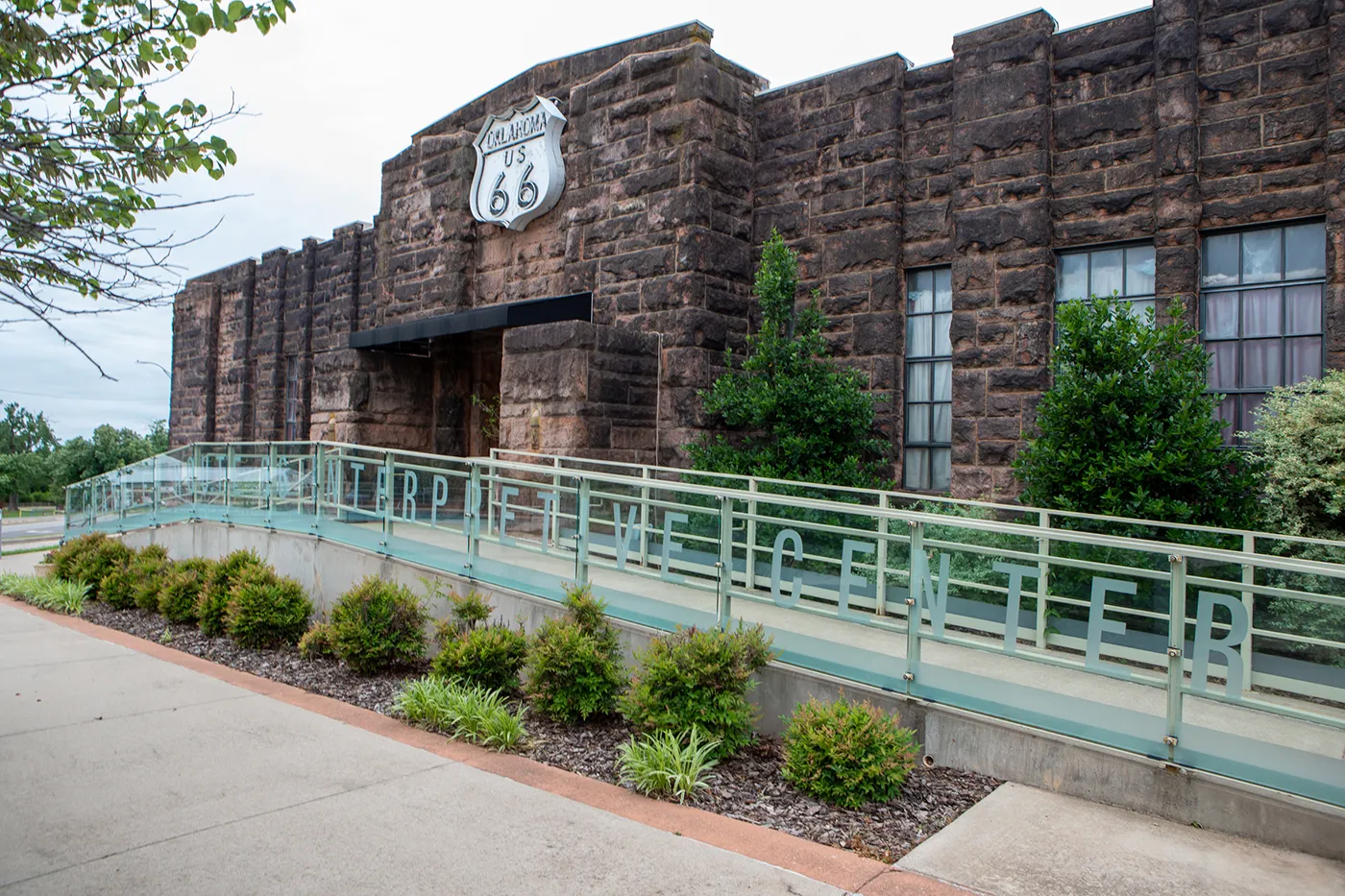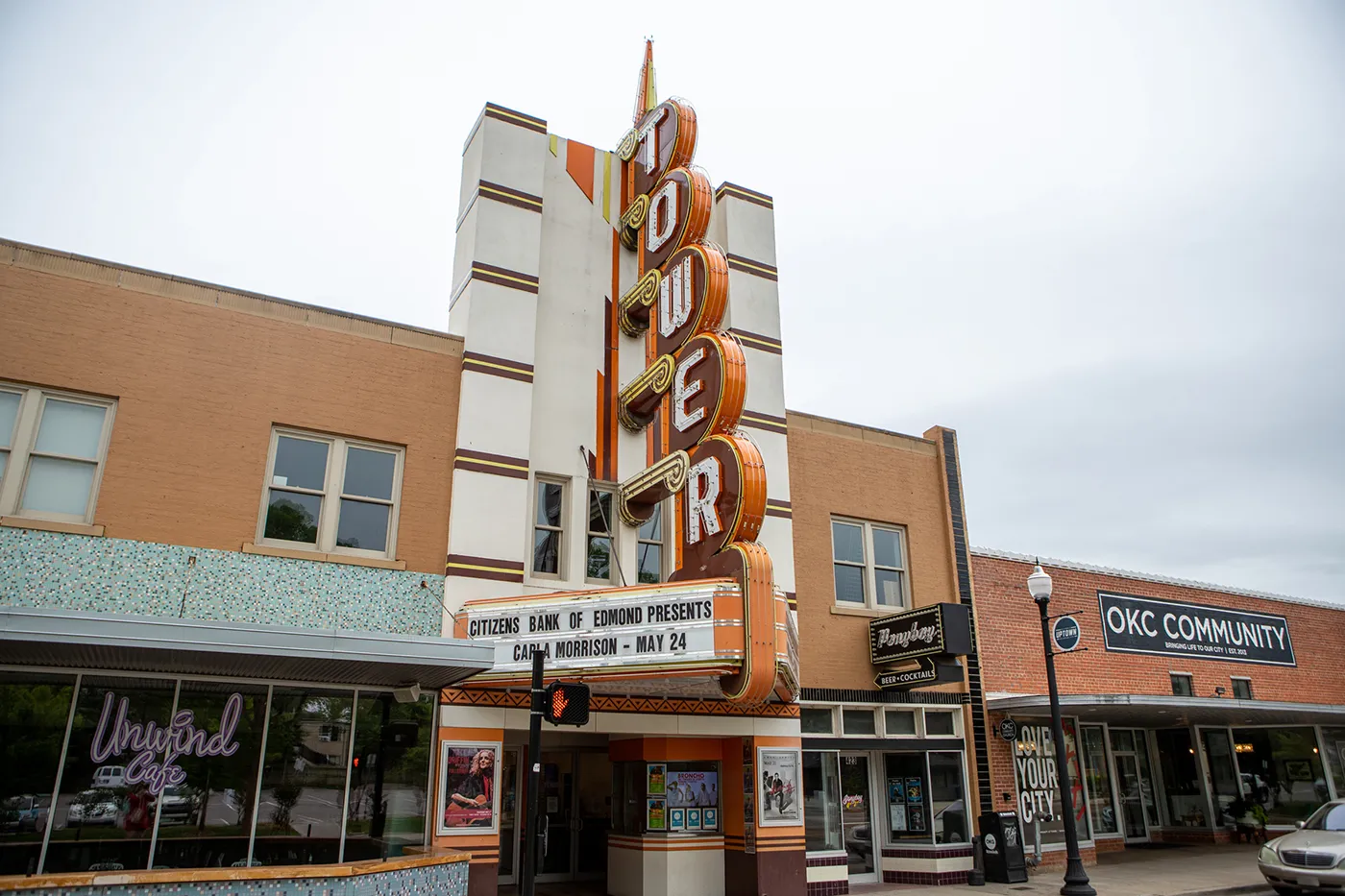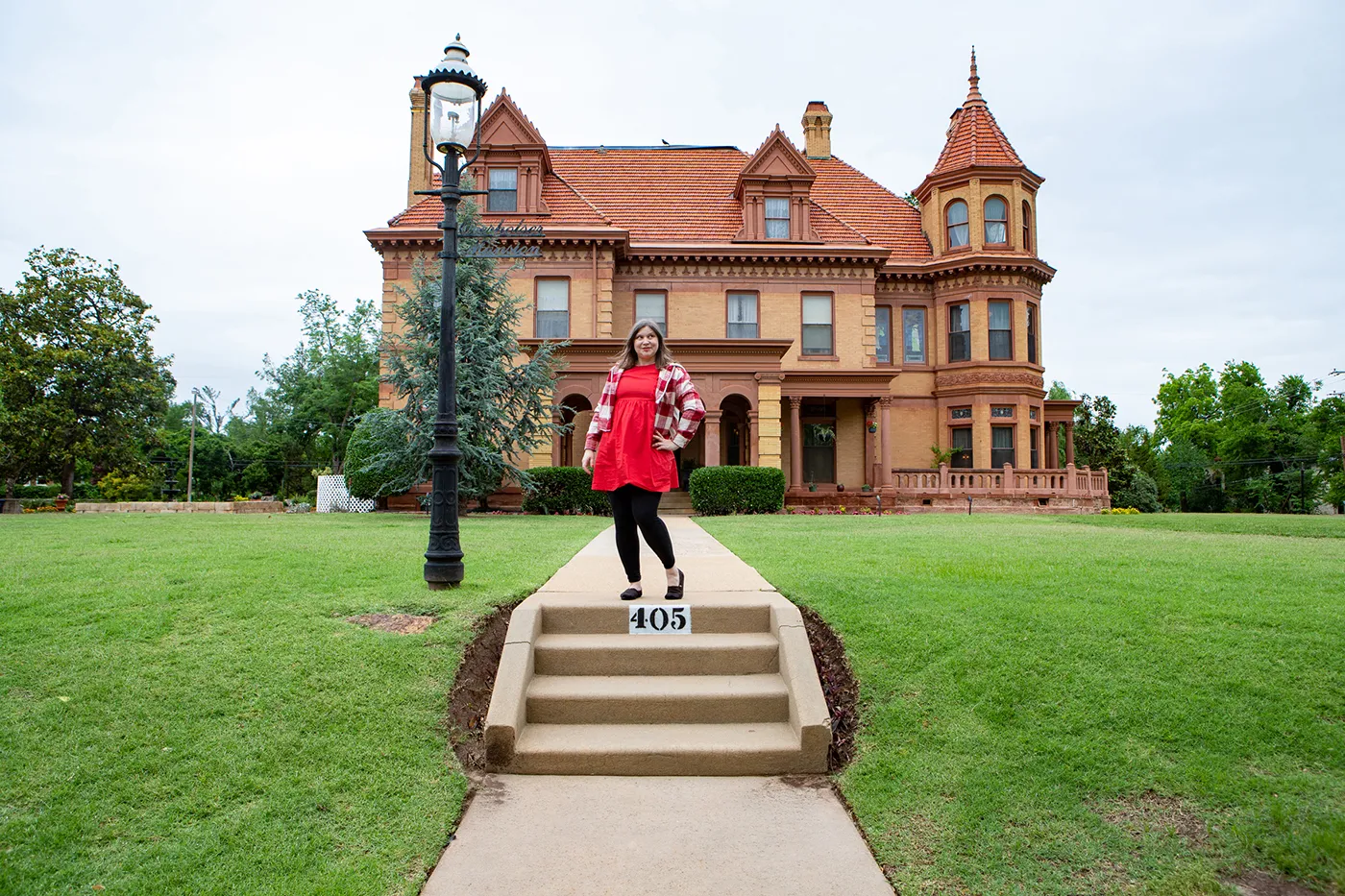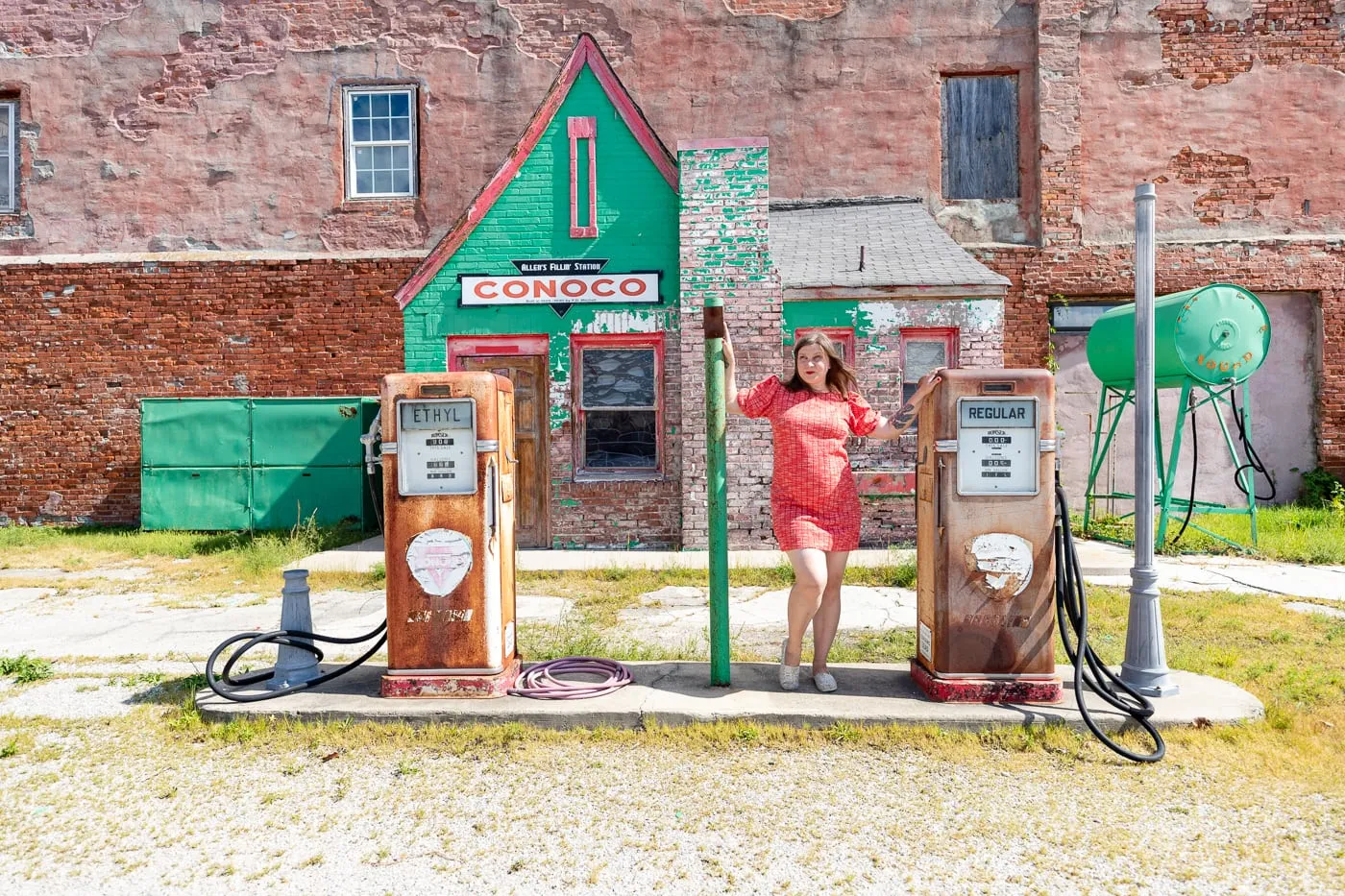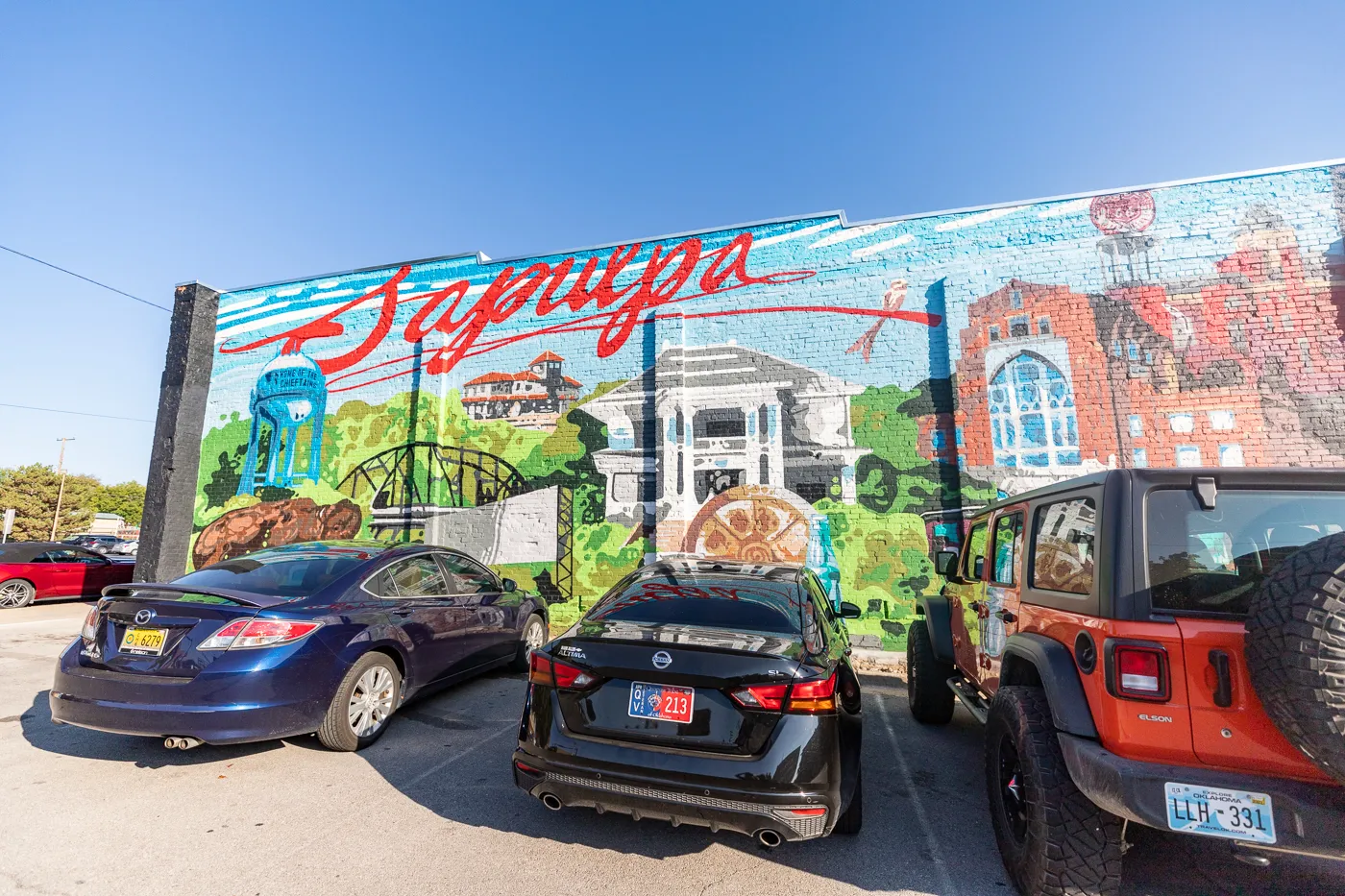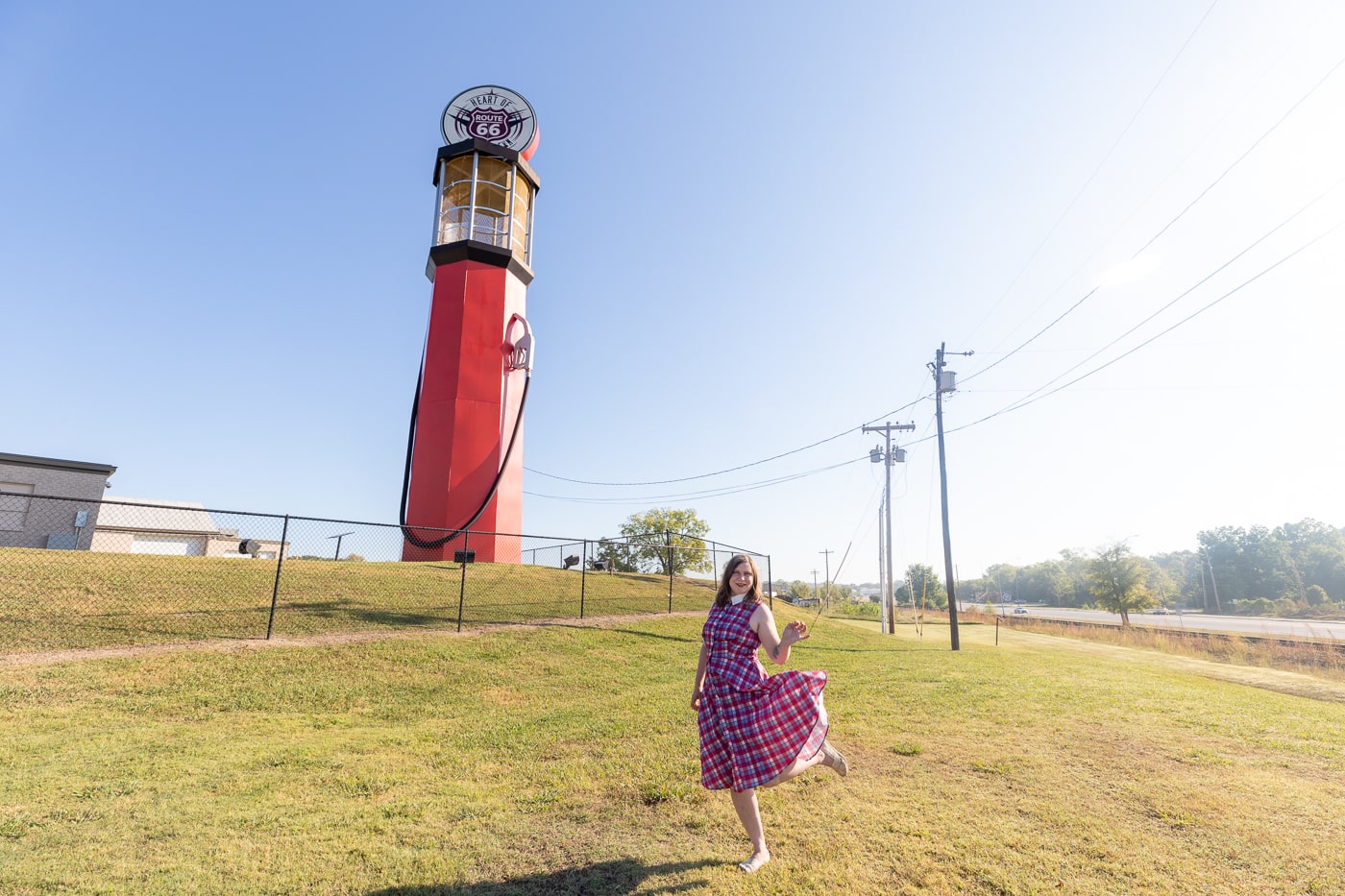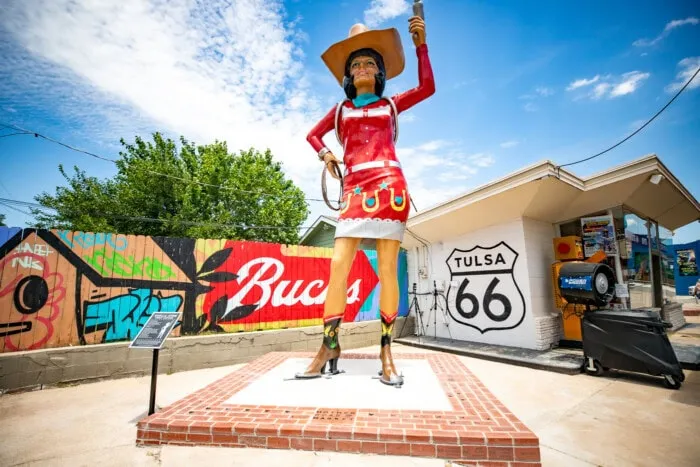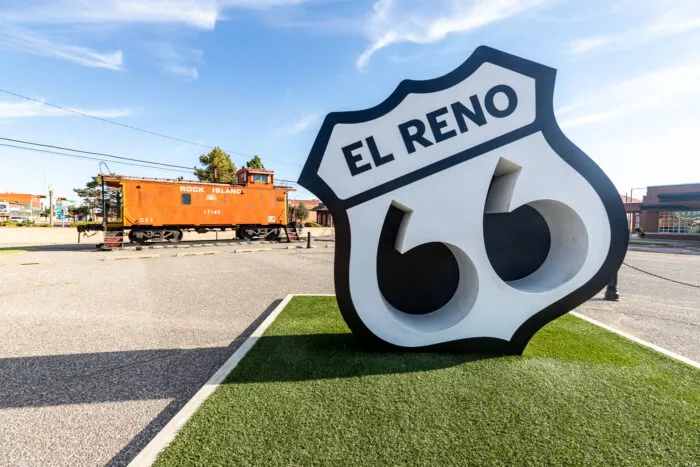Just outside of Luther, Oklahoma, tucked along the historic Route 66, stands a modest sandstone building that tells a powerful story of resilience and refuge. The Threatt Filling Station, built in 1915 by Allen Threatt, Sr., wasn’t just a place to gas up your car, it was a safe haven during one of the most challenging chapters in American history.
At a time when segregation laws and violent sundown towns posed grave dangers to Black travelers, the Threatt Filling Station offered something rare: safety, service, and sanctuary. It was the first known Black-owned business on Route 66 and one of the few places in the region where African American motorists could stop without fear, whether to refuel, grab a bite, or even camp overnight on the grounds of the Threatt family’s 150-acre farm.

The Road Trip Journal & Activity Book
Enjoy fun games and challenges to pass the time on your next road trip and have a keepsake to look back on for years to come with this entertaining must-have for your next vacation.
Crafted in the Bungalow/Craftsman style from local sandstone, the station reflected both architectural trends of the time and the care of its builders. Original pumps from 1915 featured glass cylinders to measure fuel. Today, two 1940s-era enamel pumps stand in their place, along with lighting fixtures that once illuminated the forecourt. A small rear addition from 1961 is the only major change to the structure’s form, keeping the spirit of the early 20th century alive.
The Threatt Filling Station was officially added to the National Register of Historic Places in 1995, but by 2021, its significance and vulnerability brought national attention: it was named one of the 11 Most Endangered Historic Places in America by the National Trust for Historic Preservation. Since then, it has received critical preservation funding through the Trust’s African American Cultural Heritage Action Fund, helping to safeguard its future.
Though it no longer pumps gas, the station remains a powerful symbol of perseverance. It stands not only as a piece of Route 66 history but as a testament to the strength and vision of the Threatt family, whose legacy continues to inspire travelers and historians alike.
If you’re road-tripping through Oklahoma, take a moment to visit this quiet landmark. It may look simple from the outside, but its story is anything but.
